The Programme Manager of Latin American Foundation For the Future (LAFF) talks about the effects of Covid-19 in Peru and how children are suffering the consequences.
How is COVID-19 affecting Peru?
The first case of COVID-19 was registered on the 6th of March. Ten days after, with no more than 150 confirmed cases, president Martin Vizcarra announced the imposition of a national lockdown. One of the main reasons behind the early reaction was the awareness of our precarious health system that wouldn’t be able to cope with the expected numbers of critical patients. With a population of 32 million people, Peru had only 525 ICU beds when the lockdown started.
Is the population taking the confinement seriously?
Unfortunately, people in the cities haven’t been taking confinement seriously. Big markets in the most populated areas of Lima have been receiving as many daily visitors as usual (if not more) and no safety protocol has been enforced other than the use of masks. Because of the agglomeration in markets, banks, public transport and overcrowding homes, the spread of the disease hasn’t been contained as expected.
It is important to mention that although there are many people simply being careless and irresponsible, there is also a considerable part of the population that is not able to follow the recommended safety protocols due to a lack of resources. Some families don’t have access to clean water to be constantly washing their hands or refrigerators that would allow them to keep groceries for more than a week. We also have to consider that in the poorest sectors of the population income usually comes from informal street commerce, so for some people going out to the streets is a matter of survival.
What is the situation in the most vulnerable areas? Is it possible to maintain the social distance in those areas?
While the most vulnerable areas within cities are the worst affected, rural and indigenous communities have been able to maintain low levels of contagion due to their remote locations. It is definitely easier to maintain social distancing in small communities where commerce is not big.
The problem however, is that these same communities are the ones that don’t have access to proper health infrastructure or insurance in case they get affected. Some leaders of indigenous communities in the highlands and jungle have been raising their voices to call the government’s attention on this matter.
How is this situation affecting children?
School year in Peru starts in mid-March, so this means children haven’t been able to go back to school since December of last year. The Ministry of Education programmed the start of remote classes for the beginning of April. As they are aware of the fact that a significant part of the population doesn’t have access to online resources, they are providing learning material via radio and television. Since the second week of March, children are also allowed to go out to nearby parks to play for 30 minutes a day in company of an adult.
What are non-profit organisations doing to help most vulnerable? Do they have the necessary protection to do their work safely?
The non-profits with the largest presence at the moment are those that provide food and shelter for the most needed such as the Banco de Alimentos and Casa de Todos. As for how things are working right now, non-profits have more resources to deliver support safely than public establishments and organisations.
What role is Latin American Foundation For the Future playing in order to help vulnerable people?
LAFF supports vulnerable populations from rural Cusco to enable equal life opportunities through education and a focus on personal development. To do this, we work with partner organisations that give shelter to children and young adults so that they can continue with their studies in a safe and nurturing environment.
Our beneficiaries all come from extreme poverty conditions and in some cases have been victims of abuse or domestic violence. By providing access to quality education and workshops on sexual health, professional development and financial education, many of our beneficiaries are able to access better life conditions and thus break the poverty cycle.
And what are you doing to help people in this health crisis?
Moreover, we work with our partners in capacity building so that they can achieve financial sustainability and improve the quality of the support they deliver. Over the years we’ve built close relationships based on trust and cooperation, so as soon as the crisis burst in Peru we’ve paid close attention to the change in their needs to be able to respond appropriately.
The first thing we did once the lockdown was announced, was to launch an online Emergency Appeal to gather funds that could cover expenses such as medical and cleaning supplies, food over-costs and transportation in case of emergency. Fortunately, none of our beneficiaries has been compromised by the virus. Now we are working with our partners to secure other sources of income, as many of them relied on groups of volunteers, as well as providing online extracurricular activities.
What steps should the Peruvian government take to support people at risk of poverty and social exclusion?
Red Semilla, a local NGO network LAFF is part of, is asking the government support for foster homes that are in need of sanitary products, food supplies and psychological assistance. The pronouncement also mentions the importance of having clear protocols in case of contagion or domestic violence.
Do you think that we still in time to avoid the worst economic prospects in most vulnerable areas?
No. As stated above, the most vulnerable part of the Peruvian population lives from daily commerce and without that income, many families are struggling for food and basic supplies. The government has emitted twice a ‘solidary bond’ of s/.380 (about 100 Euros) for families in extreme poverty. However, the way they’ve done the classification doesn’t precisely correspond to the current economic situation of the population.

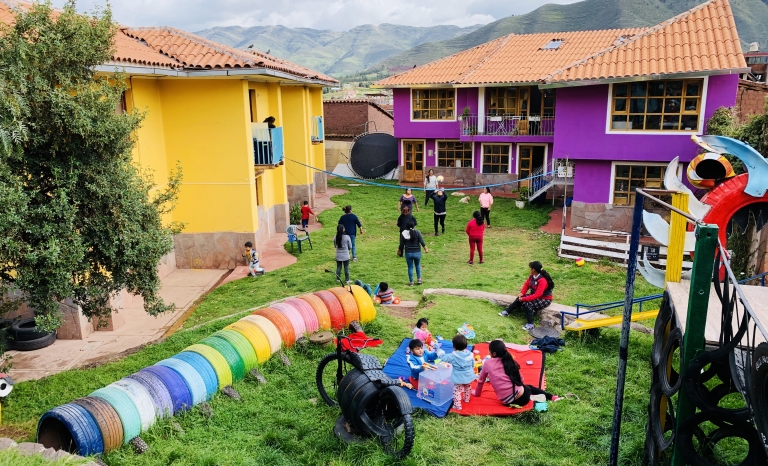
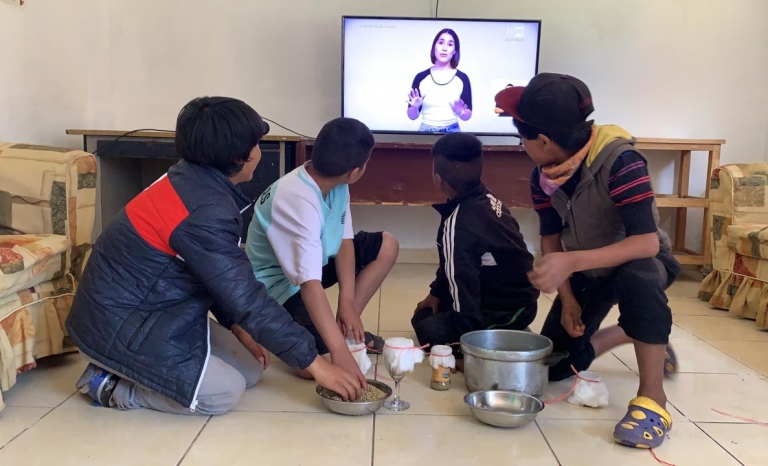
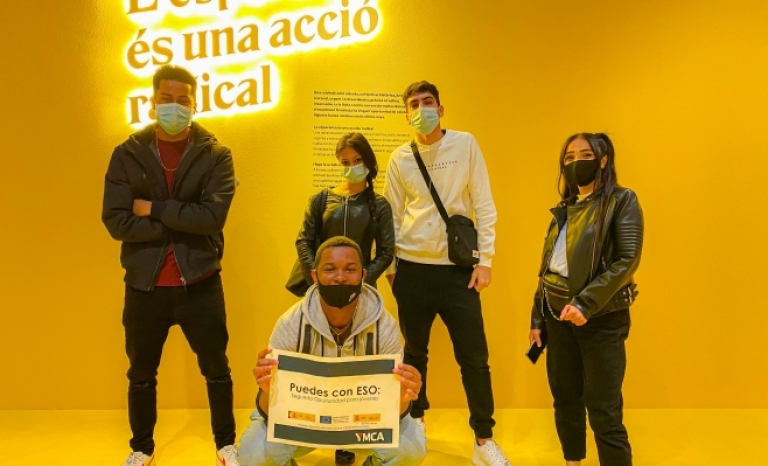

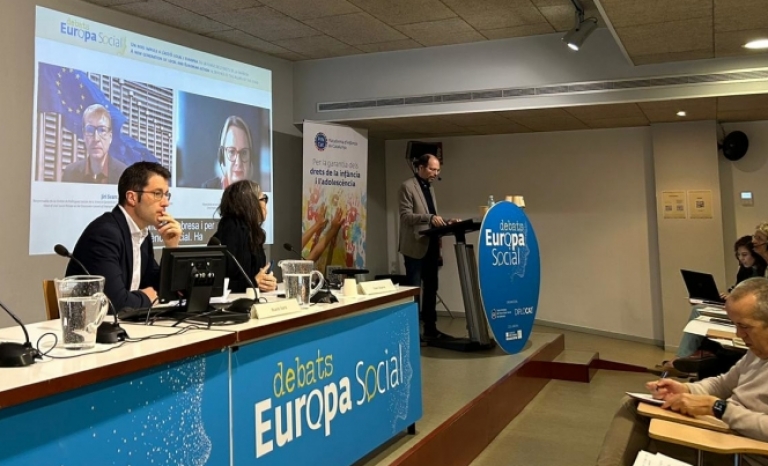
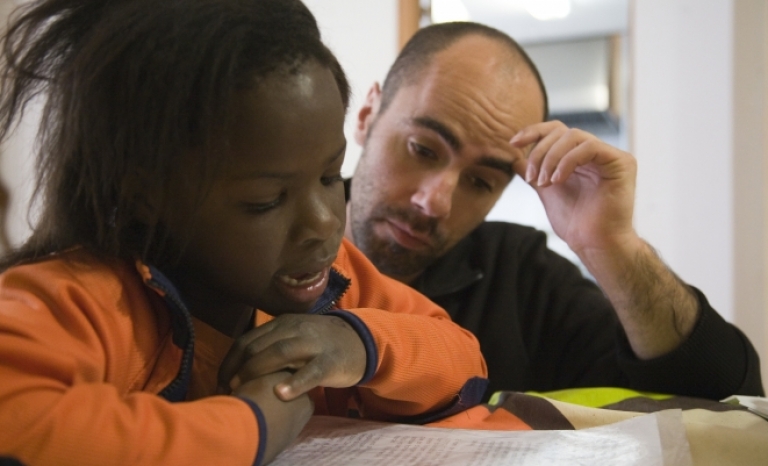



Add new comment